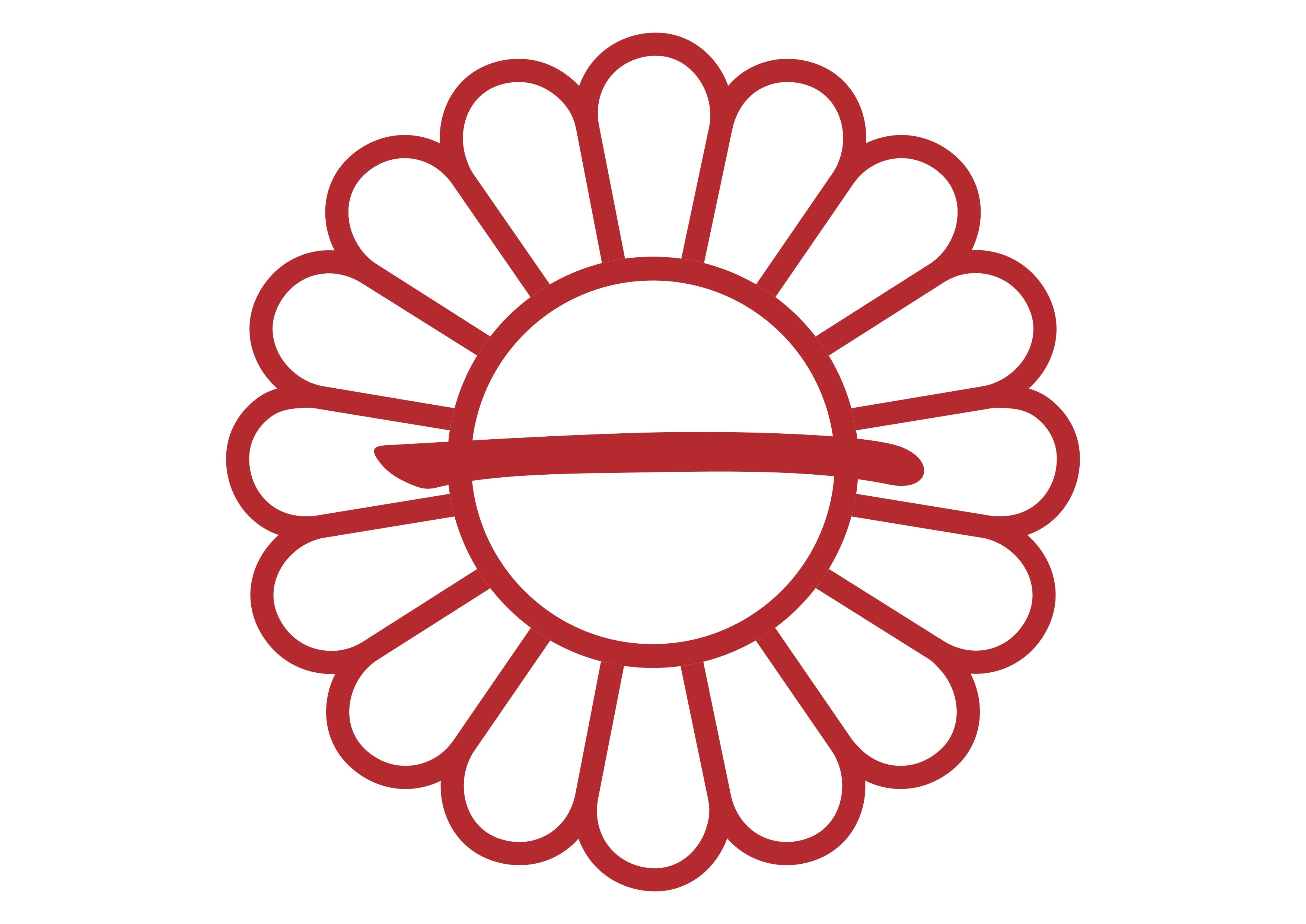Kikuichi Cutlery has been one of Japan's finest knife manufacturers for over 700 years. To this day, their blades proudly display the emperor's Chrysanthemum, a mark of superb Japanese craftsmanship.
700 years ago, The emperor Gotoba authorized Shiro Kanenaga to become one of his royal sword smiths. For the next several hundred years the Kikuichi company manufactured samurai swords that bore the emperors chrysanthemum as a mark of their excellence.
By the end of the samurai era in 1868, the company reinvented itself and became the Kikuichi Cutlery. They have continued to maintain the same high standard of craftsmanship begun by Shiro Kanenaga, and their blades continue to bear the emperors chrysanthemum.
Green Point Knives is proud to offer some of the company's top-of-the-line laminated Western style knives. These hand-crafted blades have a level of performance rarely found in knives made in the West.

